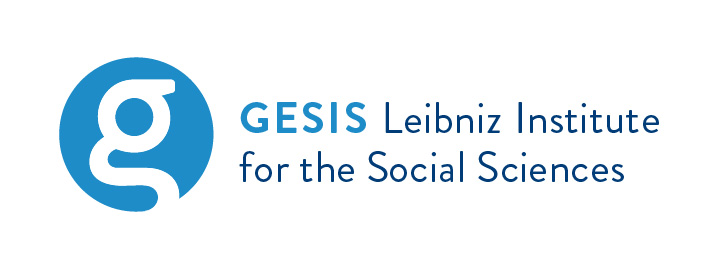Controlling for Taste Preferences – A Factorial Survey about the Orientation to Judgment Devices in Movie Choice
Abstract
This paper examines the gains in complexity reduction and causality identification provided by the factorial survey for the analysis of a market characterized by uncertainty. The starting point is the problem of quality uncertainty for the market actor, commonly dealt with in economic sociology. Using Karpik’s approach of the ‘Economics of Singularities’, the problem of choosing the right movie is expounded and the question of what moviegoers base their choice on is developed. The uncertainty in question is the result of subjective tastes, which also leads to a methodological problem. As a result, previous studies measured taste preferences instead of the influence of judgment devices. By means of a study on the right choice of movie, the paper shows that the method of the factorial survey has the important advantages of being able to control for taste preferences as well as to detect causality. Data collected among students is presented and hypotheses based on Karpik’s concepts are tested. The results show that expert judgements such as critics’ recommendations and awards have a high influence on the choice of independent movies. On the other hand, the choice of blockbuster movies is additionally influenced by its listing in the charts and the ratings by other consumers. This shows not only that different social devices are used for orientation depending on preference, but also how strong their influence is in each case. Therefore, it is argued that the factorial survey method offers some advantages for the analysis of the causal influence of judgment devices in choice situations, especially for singular goods, which are highly complex and thus difficult to compare. Finally, limitations of the study as well as the method used are discussed.
Keywords
Full Text:
PDFDOI: https://doi.org/10.12758/mda.2021.11
Refbacks
- There are currently no refbacks.
Copyright (c) 2021 Clemens Maria Schmidt

This work is licensed under a Creative Commons Attribution 4.0 International License.

